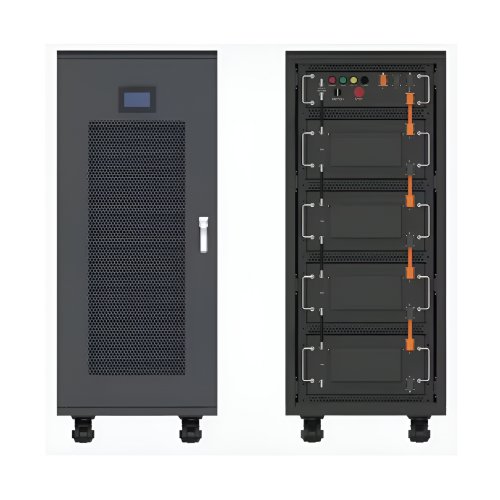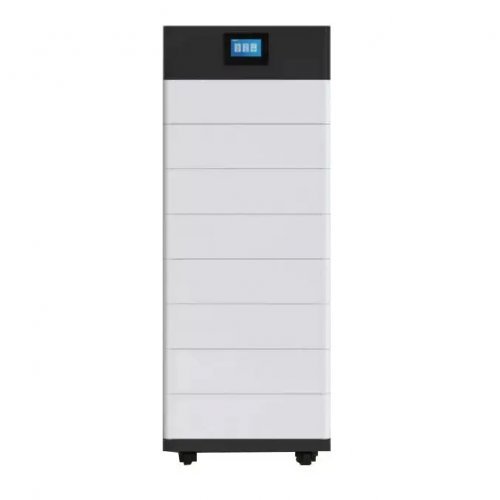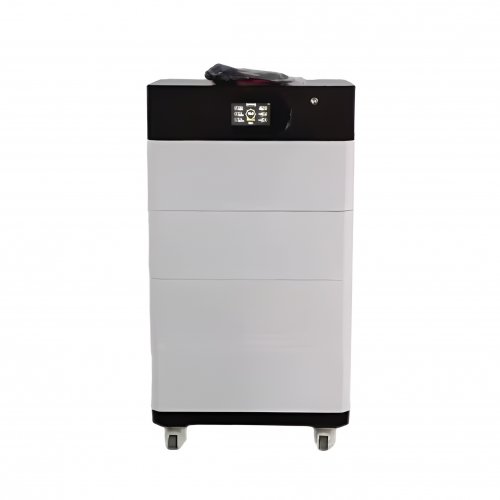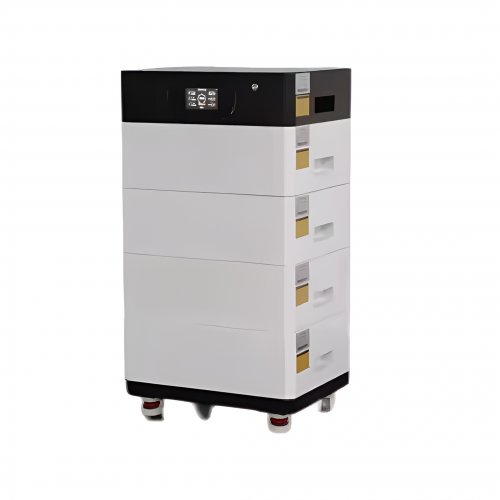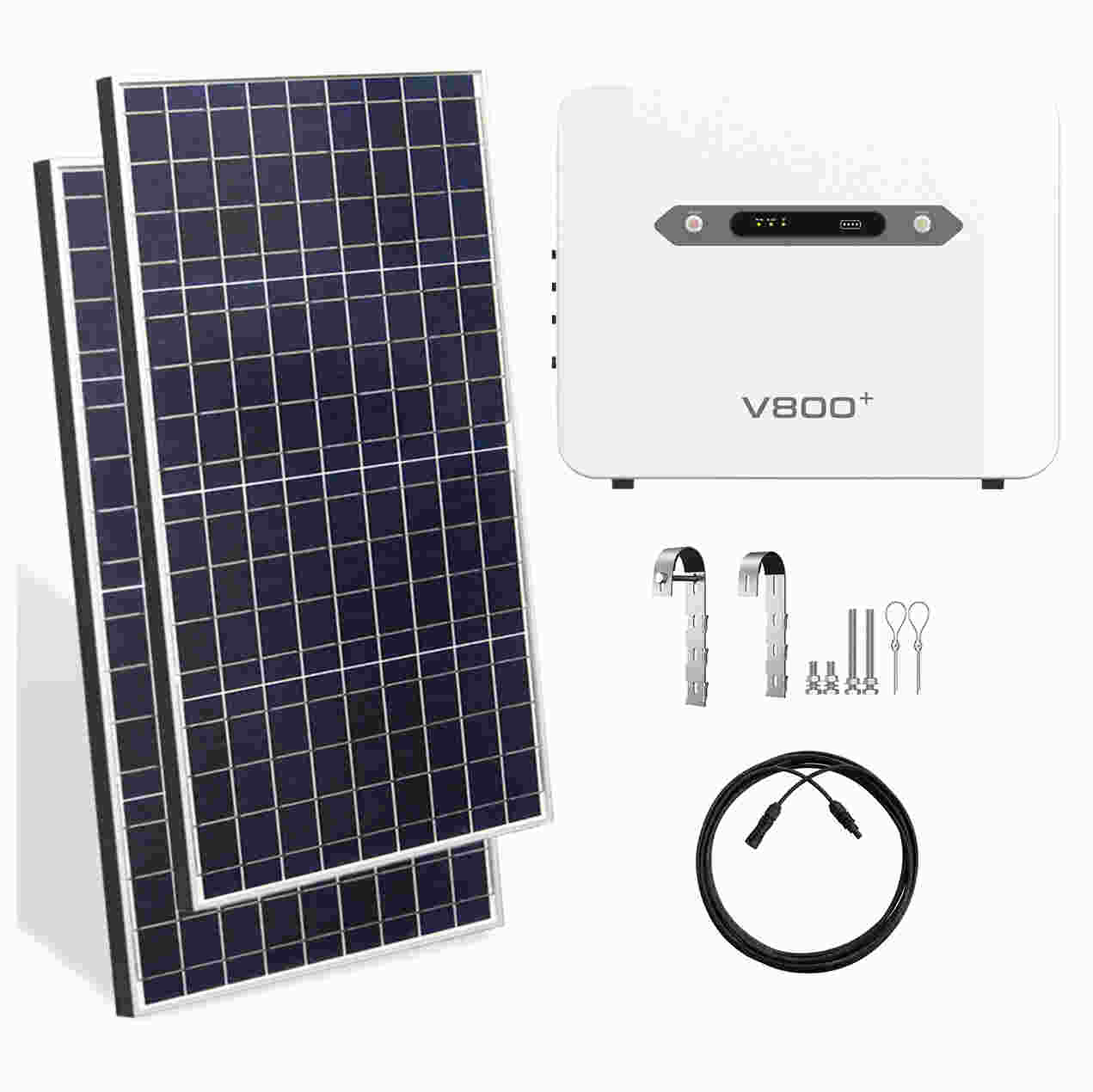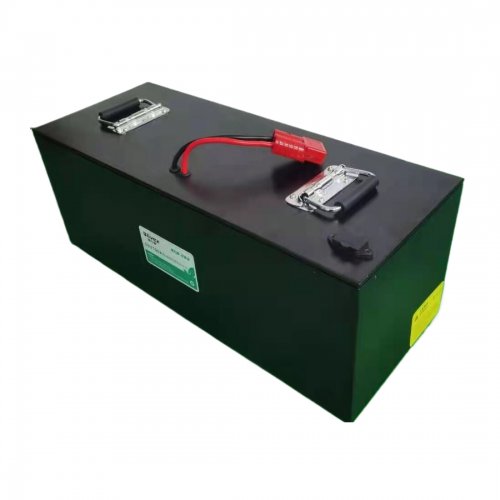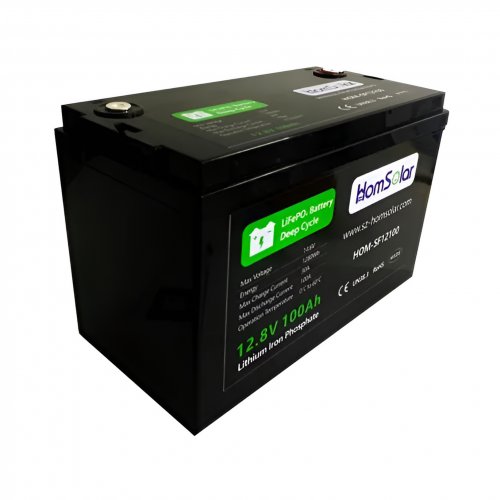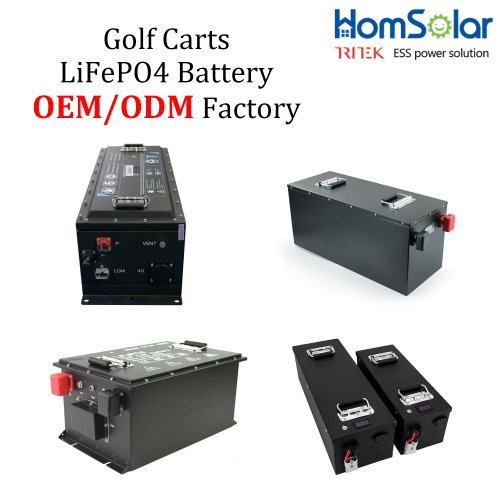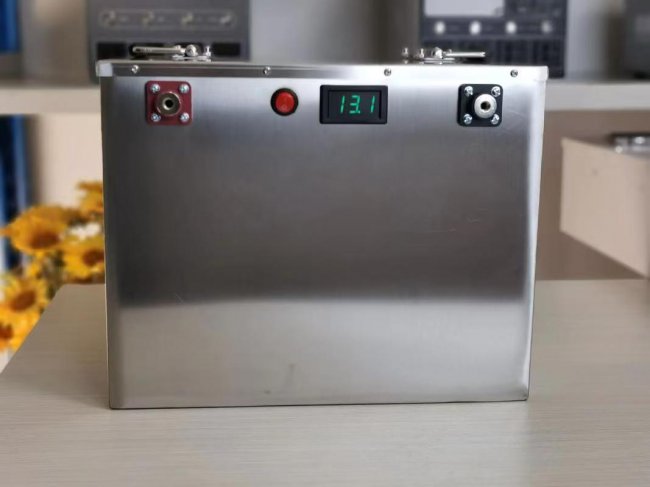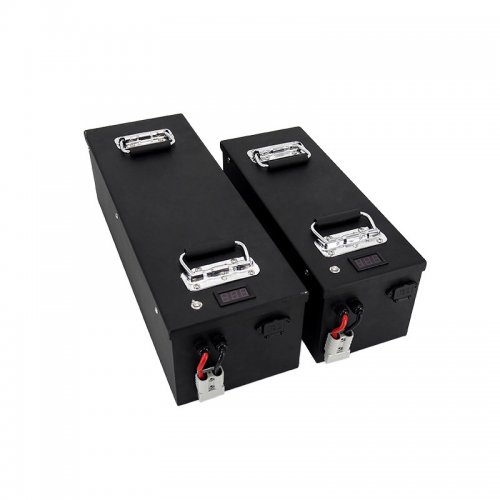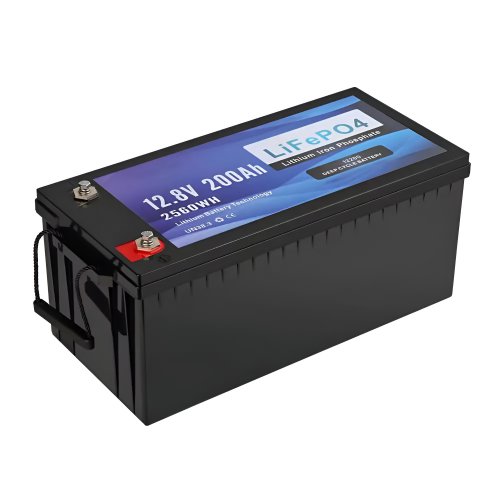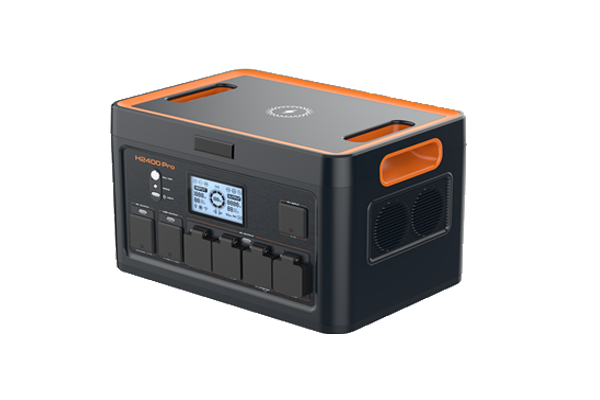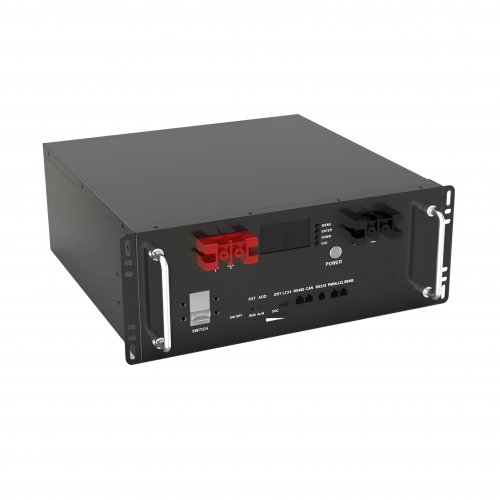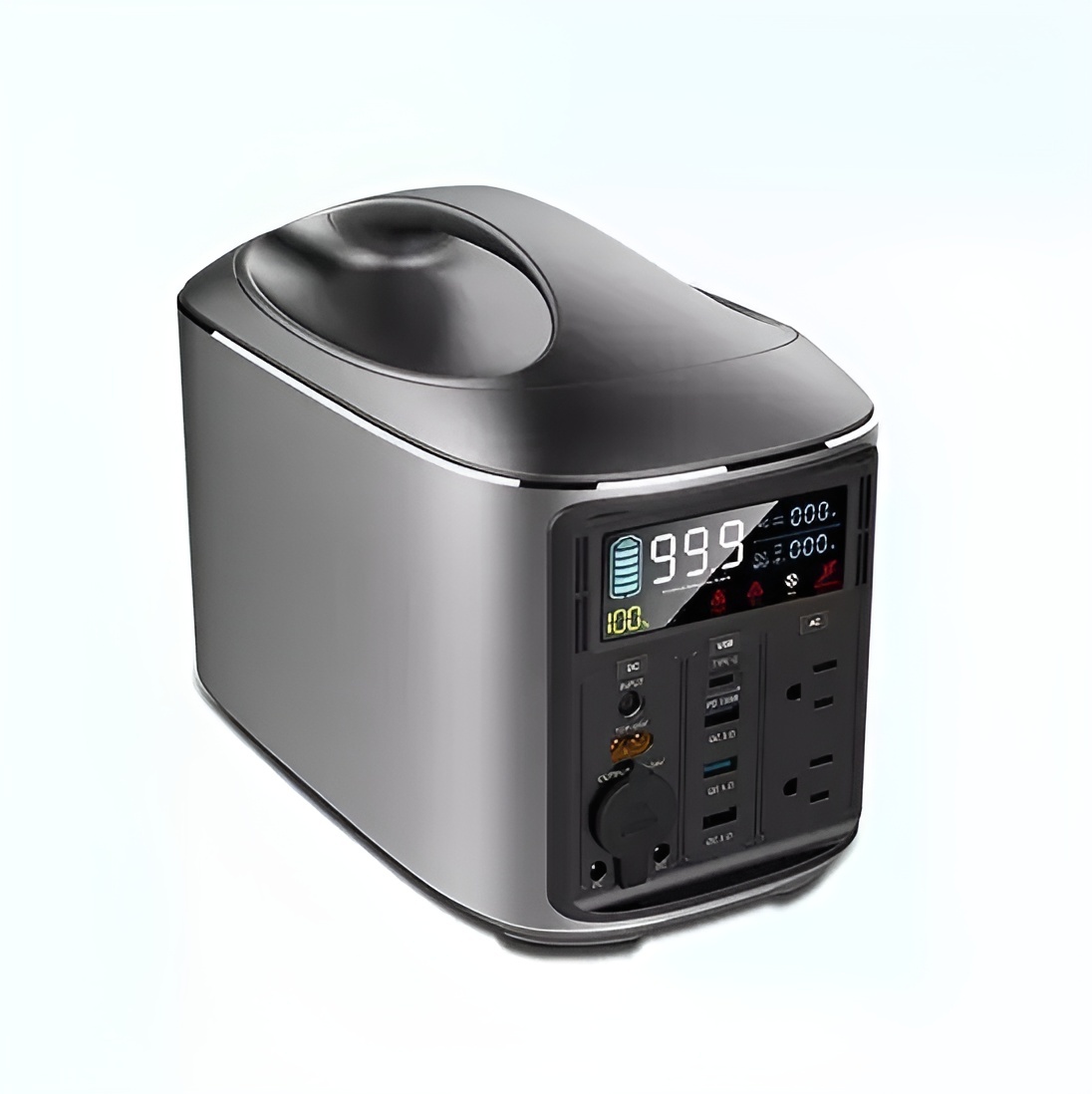How To Use Depth Of Discharge: A Practical Guide To Maximizing Battery Life And Performance
The longevity and reliable performance of any rechargeable battery system, from your smartphone to a home energy storage unit, are profoundly influenced by one critical parameter: the Depth of Discharge (DoD). Expressed as a percentage, DoD indicates how much of a battery's total capacity has been used. For instance, if you consume 8 kWh from a 10 kWh battery, the DoD is 80%, leaving a 20% State of Charge (SoC). Understanding and actively managing DoD is not just a technical nuance; it is the single most impactful practice for extending your battery's service life and ensuring it delivers on its long-term value. This guide will provide a comprehensive, step-by-step approach to effectively utilizing Depth of Discharge.
Understanding the Core Principle: Stress and Cycle Life
At its heart, managing DoD is about managing stress. A deep discharge strains a battery's internal chemistry, accelerating degradation. Conversely, consistently keeping a battery at 100% SoC (0% DoD) also induces stress, particularly for Lithium-ion chemistries. Every battery chemistry has a relationship between the average Depth of Discharge and its expected cycle life. A cycle is one complete charge and discharge.Shallow Cycling: Operating a battery between, for example, 50% and 80% SoC (a 30% DoD) places minimal stress on the cells. While you are using less capacity per cycle, the number of cycles the battery can endure increases dramatically.Deep Cycling: Regularly discharging a battery from 100% to 20% (an 80% DoD) uses more capacity per cycle but significantly reduces the total number of cycles before the battery's capacity noticeably fades.
The key is to find the optimal balance between usable capacity and long-term durability for your specific application.
Step-by-Step Guide to Implementing DoD Management
Step 1: Identify Your Battery Chemistry
The first and most crucial step is to know your battery. Different chemistries have different tolerances for depth of discharge.Lithium-ion (Li-ion, NMC, LFP): The most common chemistry in modern electronics, EVs, and home storage. They are sensitive to high voltages (100% SoC) and deep discharges. Lithium Iron Phosphate (LFP) is particularly robust and can tolerate deeper, regular discharges better than Nickel Manganese Cobalt (NMC).Lead-Acid (Flooded, AGM, Gel): These are very sensitive to deep discharge. Regularly taking a lead-acid battery below 50% DoD can cause irreversible sulfation, drastically shortening its life.
Action: Consult your battery's user manual or manufacturer's datasheet. This document will provide the recommended DoD limits for optimal cycle life.
Step 2: Define Your Application and Priority
Your usage scenario dictates how you should manage DoD.Priority: Maximum Longevity (e.g., Home Energy Storage, EV Battery Health): Your goal is to minimize stress. For a Lithium-ion battery, this means setting a conservative charge limit (e.g., 80-90%) and a discharge limit that prevents very low SoC (e.g., 20-30%). This creates a comfortable operating window of 50-60% DoD, maximizing the number of years the battery will last.Priority: Maximum Capacity per Cycle (e.g., Long-Distance EV Trip, Off-Grid Solar during a Storm): In these scenarios, you need every bit of energy stored. It is acceptable to use a 90-100% DoD. The key is to understand that this is a trade-off; doing this regularly will accelerate aging. Consider it a "special occasion" mode.Priority: Cost-Effective Cycling (e.g., Daily Solar Storage, Golf Cart): This is a balanced approach. You might operate a lithium battery between 20% and 80% SoC, using 60% of its total capacity. This offers a excellent balance of daily usability and long-term health.
Step 3: Configure Your Battery Management System (BMS) or Controller
Modern batteries are managed by a BMS. For other systems like solar inverters or golf cart controllers, you can set charge and discharge parameters.
Action: 1. Access the settings menu on your device's display, companion app, or web interface. 2. Locate the Charge Limit or Maximum State of Charge setting. Set this to your target (e.g., 90% for longevity). 3. Locate the Discharge Limit or Minimum State of Charge setting. Set this to your target (e.g., 20% for longevity). 4. Save the settings. The system will now automatically stop charging and discharging at these set points.
Step 4: Monitor and Adapt
DoD management is not a "set it and forget it" process. Periodically check your system's performance.
Action: Review your battery's usage logs through its app or software. Observe the typical cycles. If you notice you are consistently hitting your discharge limit early, you may need to adjust your energy consumption or increase your storage capacity. Conversely, if you never use more than 30% of the battery, you might consider slightly narrowing the DoD window for even greater lifespan.
Practical Tips and Pro-TacticsThe 80/20 Rule for Lithium-Ion: A simple and highly effective rule of thumb for maximizing the life of most Li-ion batteries is to cycle them between 20% and 80% State of Charge. This avoids the high-stress regions at the top and bottom of the voltage range.Calendar Aging Matters: Even if you don't use it, a battery stored at 100% SoC will degrade faster than one stored at 50-60% SoC. If you plan to store a device (e.g., an EV, drone, or laptop) for a month or more, discharge or charge it to approximately 50-60% first.Partial Cycles are Beneficial: Don't feel you need to fully discharge and recharge. Lithium-ion batteries have no "memory effect." Frequent, shallow discharges (e.g., from 80% to 60% and back) are far less stressful than fewer, deep cycles.Balance the Pack Periodically: For systems with multiple cells in series, the BMS will slowly balance the cells, but this often only happens at a high State of Charge (near 100%). It is good practice to occasionally, perhaps once a month, allow the system to perform a full charge cycle to ensure all cells are balanced, even if your daily limit is set to 90%.
Critical Precautions and What to AvoidAVOID consistently storing batteries at a very low State of Charge (high DoD). For lithium-ion, this can lead to the protection circuit shutting down, potentially rendering the battery unusable and unsafe to recharge.NEVER exceed the manufacturer's stated maximum DoD. This is an absolute safety and warranty limit.IGNORE the old advice for Nickel-Cadmium batteries to "fully discharge" them. This is harmful to modern Li-ion and lead-acid batteries.CONSIDER temperature. Operating a battery at high depths of discharge in very high or very low ambient temperatures compounds the stress and can be dangerous.
By treating Depth of Discharge not as a fixed number but as a flexible tool tailored to your needs, you transition from being a passive user to an active steward of your energy storage systems. The discipline of conservative DoD management is an investment that pays dividends in reliability, safety, and ultimately, cost savings by delaying the need for a costly battery replacement.
Customized/OEM/ODM Service
HomSolar Supports Lifepo4 battery pack customization/OEM/ODM service, welcome to contact us and tell us your needs.


HomSolar: Your One-stop LiFePO4 Battery Pack & ESS Solution Manufacturer
Our line of LiFePO4 (LFP) batteries offer a solution to demanding applications that require a lighter weight, longer life, and higher capacity battery. Features include advanced battery management systems (BMS), Bluetooth® communication and active intelligent monitoring.

Customised Lithium Iron Phosphate Battery Casing
ABS plastic housing, aluminium housing, stainless steel housing and iron housing are available, and can also be designed and customised according to your needs.

HomSolar Smart BMS
Intelligent Battery Management System for HomSolar Energy Storage System. Bluetooth, temperature sensor, LCD display, CAN interface, UART interface also available.


Terminals & Plugs Can Be Customized
A wide range of terminals and plugs can be customised to suit the application needs of your battery products.

Well-designed Solutions for Energy Storage Systems
We will design the perfect energy storage system solution according to your needs, so that you can easily solve the specific industry applications of battery products.



About Our Battery Cells
Our energy storage system products use brand new grade A LiFePO4 cells with a battery lifespan of more than 4,000 charge/discharge cycles.



Applications in Different Industries
We supply customized & OEM battery pack, assemble cells with wiring, fuse and plastic cover, all the cell wires connected to PCB plug or built BMS.
Applications: E-bike, Electric Scooter, Golf Carts, RV, Electric Wheelchair, Electric Tools, Robot Cleaner, Robot Sweeper, Solar Energy Storage System, Emergency Light, Solar Power Light, Medical Equipment, UPS Backup Power Supply.
We can provide you with customized services. We have the ability to provide a vertical supply chain, from single cells to pack/module and to a complete power solution with BMS, etc.


HomSolar (Shenzhen) Technology Co., Ltd







